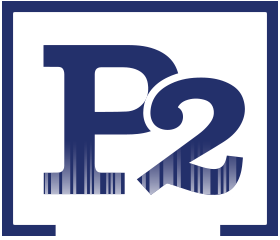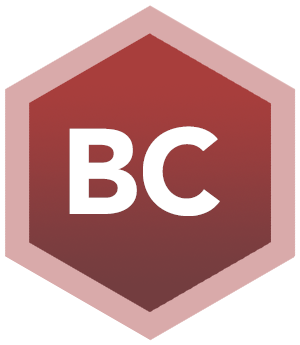 This application captures bill of materials (BOM’s) set up on a specific layer in AutoCAD 14 through the latest version of AutoCAD. This application is designed to be used in conjunction with two other products from P2 Programs – the AutoCAD to EJE and the AutoCAD to KISS conversion utilities. This application will only work for drawings that have their BOM’s located on a specific layer and this is the only information that resides on that layer.
The application consists of six screens shown in Figures 1-6. A short description of each screen and its function in the program follows each figure.
This application captures bill of materials (BOM’s) set up on a specific layer in AutoCAD 14 through the latest version of AutoCAD. This application is designed to be used in conjunction with two other products from P2 Programs – the AutoCAD to EJE and the AutoCAD to KISS conversion utilities. This application will only work for drawings that have their BOM’s located on a specific layer and this is the only information that resides on that layer.
The application consists of six screens shown in Figures 1-6. A short description of each screen and its function in the program follows each figure.
Registration Window

Figure 1 – Registration Window
Main Application Window

Figure 2 – Capture Application, Capture Tab
Input Field Descriptions
Locate Drawing Folder for BOM Capture This input field is where you would specify the folder location of the drawings that you wish to capture their BOM’s. At the end of the capture process, one “ORB” file will exist for each drawing in the specified folder. To locate the folder, use the Browse button to the right of this input field as shown in Figure 3. Specify BOM Layer Name As stated at the top of page one, the bill of material must be on its own layer. We suggest using a layer name like BOM or BILL. The layer that you specify must only contain the BOM and nothing else. The lines of the BOM can be on this layer but no other text information may reside on this layer. In any case, you must specify the layer name in this field. When the drawing is opened by this application, it will capture all the information on the layer specified in this field and create an ORB file from that information.Push Button Descriptions
Browse This button is used to locate the folder of the drawings that you wish to capture and create ORB files. The window that appears is shown in Figure 3. Use this window to drill down to the folder that contains the drawings you wish to capture. Once the folder is found, click on the OK button to return to the main window.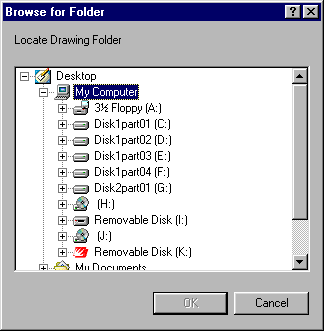
Figure 3 – Capture Tab, Browse Button
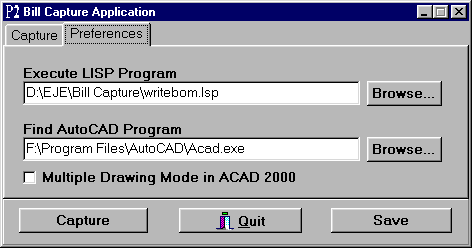
Figure 4 – Capture Application, Preferences Tab
Input Field Descriptions, Preferences Tab
Execute LISP Program This input field is where you would specify the LISP program to execute during the capture process. It should always be the WriteBOM.Lsp program. This field is used to specify its exact location. Use the Browse button to the right of this field to locate the program file. Find AutoCAD Program This input field is used to specify the location of the AutoCAD application file. This is needed when you run the capture application outside of AutoCAD so that it can locate the program and launch it to open the drawings. Use the Browse button to the right of this field to locate the AutoCAD application file. Multiple Drawing Mode in ACAD 2000 If you are using AutoCAD 2000 or above and you use the Multi-drawing mode to detail, place a check mark in this box so that all the BOM’s will be captured.Push Button Descriptions
Browse, LISP Program This button is used to locate LISP program. The window that appears is shown in Figure 5. Use this window to locate the WriteBOM.Lsp program and then click on the OK button to return to the Preferences tab.
Figure 5 – Preferences Tab, Browse LISP Button
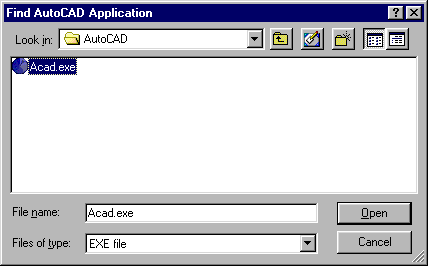
Figure 6 – Preferences Tab, Browse AutoCAD Button
